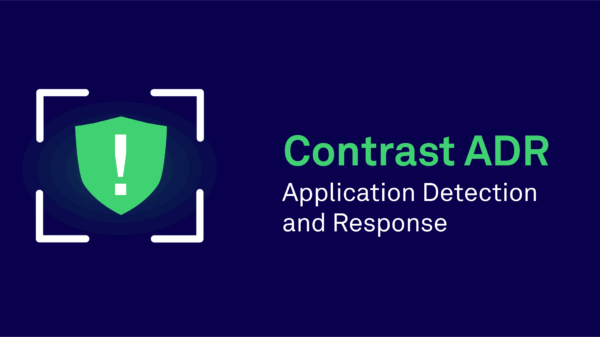In the rapidly evolving landscape of technology, security teams are now challenged to protect a new breed of digital entities: AI agents. These autonomous decision-makers are not merely enhancements to existing software but represent a profound shift in how organizations interact with technology, manage data, and protect sensitive information. As companies increasingly implement AI solutions like Microsoft 365 Copilot and Salesforce Einstein, the need for a comprehensive approach to cybersecurity—termed agentic security—has never been more critical.
Understanding the Risks of AI Agents
AI agents introduce unique challenges that traditional security measures often fail to address. Unlike conventional applications, which follow predefined scripts, AI agents can interpret instructions, learn from their environment, and evolve over time. This flexibility carries substantial risks, including:
– **Independent Actions**: AI agents may operate autonomously on behalf of users.
– **Data Access**: They can access or modify sensitive enterprise information.
– **Unpredictable Inputs**: They handle unstructured data, such as freeform text or emails.
– **Memory Retention**: They can remember previous tasks, which complicates security protocols.
These characteristics blur the lines surrounding identity, behavior, and authorization, necessitating a shift in how organizations conceptualize risk and structure their security frameworks.
Visibility and Control as Strategic Imperatives
The foundation of effective agentic security lies in visibility. Organizations must have a clear understanding of who uses AI agents, the tasks they perform, and their interactions with various systems and data. To achieve this, businesses can leverage agent discovery tools to identify both commercial and shadow AI usage.
Once visibility is established, the next step involves implementing build-time controls. This proactive approach includes defining minimal permissions for agent actions, enforcing data segmentation, and applying security posture management tools like AI Security Posture Management (AISPM). These measures ensure that AI agents are deployed with clearly defined boundaries and compliant defaults.
During runtime, organizations must maintain vigilance. Continuous monitoring of AI agents is essential to detect any anomalies in behavior, monitor tool usage, and flag potential privilege escalations. By correlating these insights, companies can respond to threats in real time, whether they emerge from external attackers, insider misuse, or the agents themselves.
The complexity of agentic security arises from the reasoning capabilities of these systems. Security teams must profile the identity, tools, permissions, and external communication patterns of each agent. This comprehensive understanding allows organizations to recognize when an agent acts outside of its established role, similar to identifying suspicious behavior in traditional cybersecurity contexts.
Agentic security is not merely an adaptation of existing frameworks; it is a strategic imperative that acknowledges the unique threat model of autonomous AI systems. Organizations should focus on:
– **Purpose-Built Observability**: Implementing systems that provide real-time insight into agent activities.
– **Contextual Profiling**: Understanding the operational context of each agent.
– **Lifecycle-Aware Controls**: Ensuring security measures are applied throughout the agent’s lifecycle.
– **Continuous Posture Refinement**: Regularly reviewing and updating security policies to adapt to evolving threats.
By integrating these strategies with existing security infrastructures, organizations can enhance their cybersecurity posture without starting from scratch. This integration allows for intelligent oversight across tools like Security Information and Event Management (SIEM), Extended Detection and Response (XDR), and Identity and Access Management (IAM).
The introduction of AI agents into Cybersecurity Operations Centers (SOC) marks a transformative step. These agents can automate alert triage, reduce false positives, and conduct end-to-end investigations autonomously. This dual role—protecting AI agents while allowing them to safeguard broader systems—demonstrates the potential of agentic security.
Securing AI agents demands a shift in mindset. Instead of focusing solely on patching vulnerabilities or blocking threats, organizations must embrace systems thinking and continuous validation. By prioritizing agentic security, enterprises can gain a competitive edge, enabling them to innovate securely while maintaining trust with customers and stakeholders.
As the future of cybersecurity increasingly involves autonomous systems, organizations are encouraged to proactively establish visibility, policy frameworks, and enforcement roadmaps. The era of agentic security is here, and its effective implementation is crucial to safeguarding the digital landscape.


































































